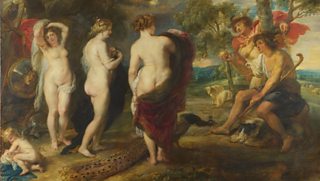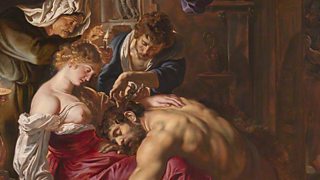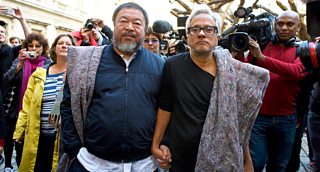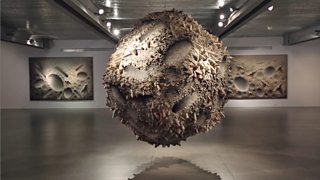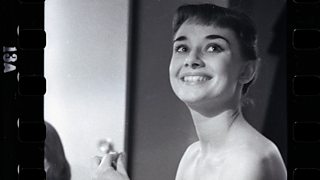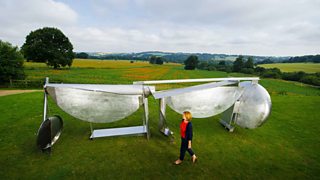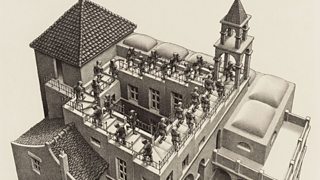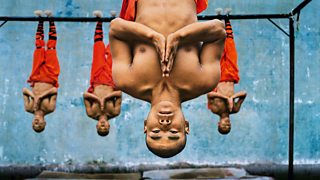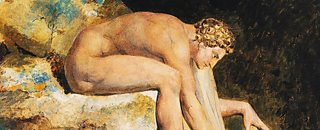Rubens in Private: A new look at an Old Master
By William Cook | 30 March 2015
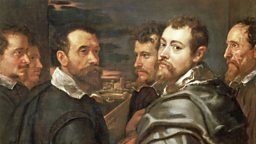
Outside his native Antwerp, Rubens is renowned for his epic paintings: huge canvases, melodramatic themes and – above all – busty, big-bottomed nudes. The term Rubenesque has become a byword - not for a particular style of painting, but for women of a certain size and shape.
However there was another side to Peter Paul Rubens – more personal, less flamboyant - and now the Rubens House in Antwerp, where he lived and worked for 30 years, is mounting a new exhibition which shows him in a new light.
Here, in these smaller pictures, a different artist emerges
“His work can be overwhelming – the subject matter, the size, the impact of the brushwork,” says Ben van Beneden, director of the Rubens House. “Sometimes people ask me, ‘Aren’t you fed up with Rubens?’ And I say, ‘No, because there’s always something new under the surface’.”
Rubens in Private ignores Rubens’ regal and religious blockbusters – the gigantic pictures he painted for monarchs and archbishops. Instead it’s devoted to his portraits of his own family, painted entirely for his own pleasure. Here, in these smaller pictures, a different artist emerges. Unlike his courtly paintings, these confidential portraits were never meant for public view.
Like all good retrospectives, Rubens in Private doubles as a biography. These pictures are little windows that reveal the most intimate aspects of his life.
A canny diplomat and businessman, Rubens’ career was one long success story - but although he knew how to please his powerful and wealthy patrons, his life wasn’t free from tragedy. His first wife, Isabella, died young. So did his beloved brother, Philip. His tender portraits of them are among the highlights of this show.
Remarkably, Rubens in Private also features a brand new Rubens - a portrait of his daughter, Clara Serena, painted just before (or possibly just after) her death at the age of 12.
This picture was sold by New York’s Metropolitan Museum of Art two years ago, after the Met decided it was not by Rubens. Subsequent research has convinced the Rubens House that this portrait is the real thing.
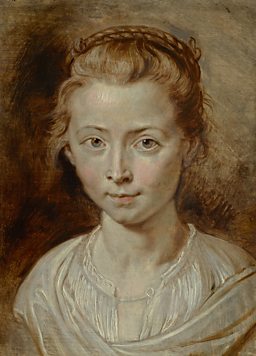
Rubens adored Isabella – his love for her lights up his impish portraits – but after four years as a widower, he married a woman young enough to be his granddaughter. Rubens was 53 - his new bride, Helena, was 16. “It seemed hard to lose the precious treasure of freedom in exchange for an old woman’s embrace,” he told a friend.
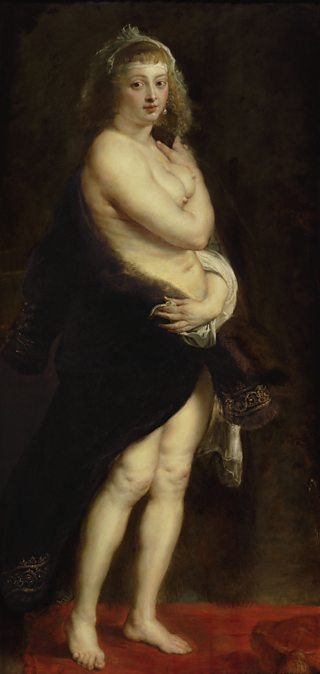
His most famous picture of Helena (naked save for a fur coat) is conspicuous by its absence - it’s too fragile to travel from Vienna. However there are several (fully clothed) portraits here which show his love for her was more than an old man’s lustful fancy.
Rubens’ second marriage might seem risqué today, but by the standards of his time he was a model of restraint and probity.
His father, Jan Rubens, had demonstrated the perils of a life of passion by impregnating the wife of William, Prince of Orange. Jan was imprisoned as a result – his forgiving wife (Peter Paul’s mum) won his release, upon payment of a substantial ransom.
Peter Paul, conversely, became a pillar of society. Knighted twice, by Philip IV of Spain and Charles I of England, he helped make peace between Spain and England. Happily, his marriage to Helena revived his artistic career. He retired from politics, returned to Antwerp and devoted the rest of his life to painting.
Rubens’ palatial home is a testament to his success - in art and politics and business. However it’s not the only place in Antwerp where you can enjoy his paintings. A short walk away is St James’s Church, where he worshipped, and where his children were baptised. He’s buried here, alongside dozens of his descendants, in a splendid mausoleum beneath one of his favourite paintings, Madonna with Saints, which he chose to hang above his grave.
Head north, towards the docks, and you’ll find St Paul’s Church, on the edge of the Red Light district. Inside you’ll see several Rubens, including his gory, gruesome Flagellation of Christ.
Antwerp’s crowning glory is its magnificent cathedral, where Rubens’ Elevation of The Cross and Descent from The Cross hang side by side - Rubens at his most sensitive, and his most bombastic.
But it’s back at the Rubens House where you get the best view of the man himself. Rubens only ever painted a handful of self-portraits, but here you can see three of them side by side.
The first one shows the public Rubens – prosperous, powerful and self-assured. The second shows the private Rubens – an affectionate family man. But it’s the third that’s most intriguing. Painted in the last years of his life, it’s an unsparing self-portrait – his eyes are red and puffy, his hands are paralysed by gout.
Of all the Old Masters, Rubens often seems the most remote. Elevated to the aristocracy, his success became a barrier. Embraced by the Establishment, his reputation suffered as a result.
This show reminds us that Rubens was, above all, a painter, not a politician. Shorn of his nobility, Rubens in Private reconnects us with the artist, and his art.
Rubens in Private is at Rubens House, Antwerp, until 28 June 2015.
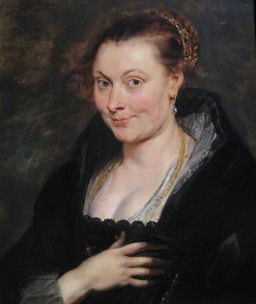
More Rubens on the BBC
-
![]()
Flesh of inspiration: Reassessing Rubens
Art critic Waldemar Januszczak sets out to correct modern misconceptions about Rubens.
-
![]()
Did Rubens make big beautiful?
iWonder asks whether Rubens set out to glorify the larger female form.
-
![]()
Art UK
View a slideshow of 281 paintings by Rubens from various UK galleries.
Related links
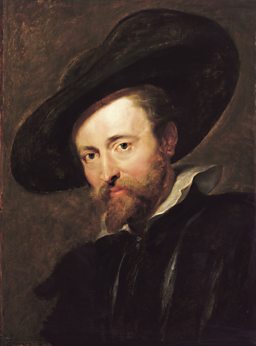
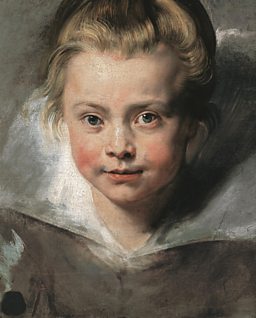
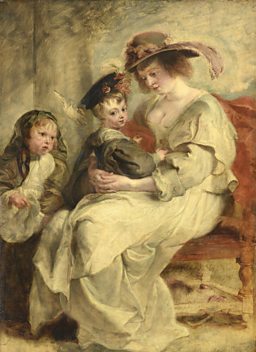
Art and Artists: Highlights
-
![]()
Ai Weiwei at the RA
The refugee artist with worldwide status comes to London's Royal Academy
-
![]()
BBC Four Goes Pop!
A week-long celebration of Pop Art across BBC Four, radio and online
-
![]()
Bernat Klein and Kwang Young Chun
Edinburgh’s Dovecot Gallery is hosting two major exhibitions as part of the 2015 Edinburgh Art Festival
-
![]()
Shooting stars: Lost photographs of Audrey Hepburn
An astounding photographic collection by 'Speedy George' Douglas
-
![]()
Meccano for grown-ups: Anthony Caro in Yorkshire
A sculptural mystery tour which takes in several of Britain’s finest galleries
-
![]()
The mysterious world of MC Escher
Just who was the man behind some of the most memorable artworks of the last century?
-
![]()
Crisis, conflict... and coffee
The extraordinary work of award-winning American photojournalist Steve McCurry
-
![]()
Barbara Hepworth: A landscape of her own
A major Tate retrospective of the British sculptor, and the dedicated museums in Yorkshire and Cornwall
Art and Artists
-
![]()
Homepage
The latest art and artist features, news stories, events and more from BBC Arts
-
![]()
A-Z of features
From Ackroyd and Blake to Warhol and Watt. Explore our Art and Artists features.
-
![]()
Video collection
From old Masters to modern art. Find clips of the important artists and their work

